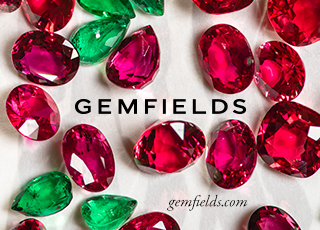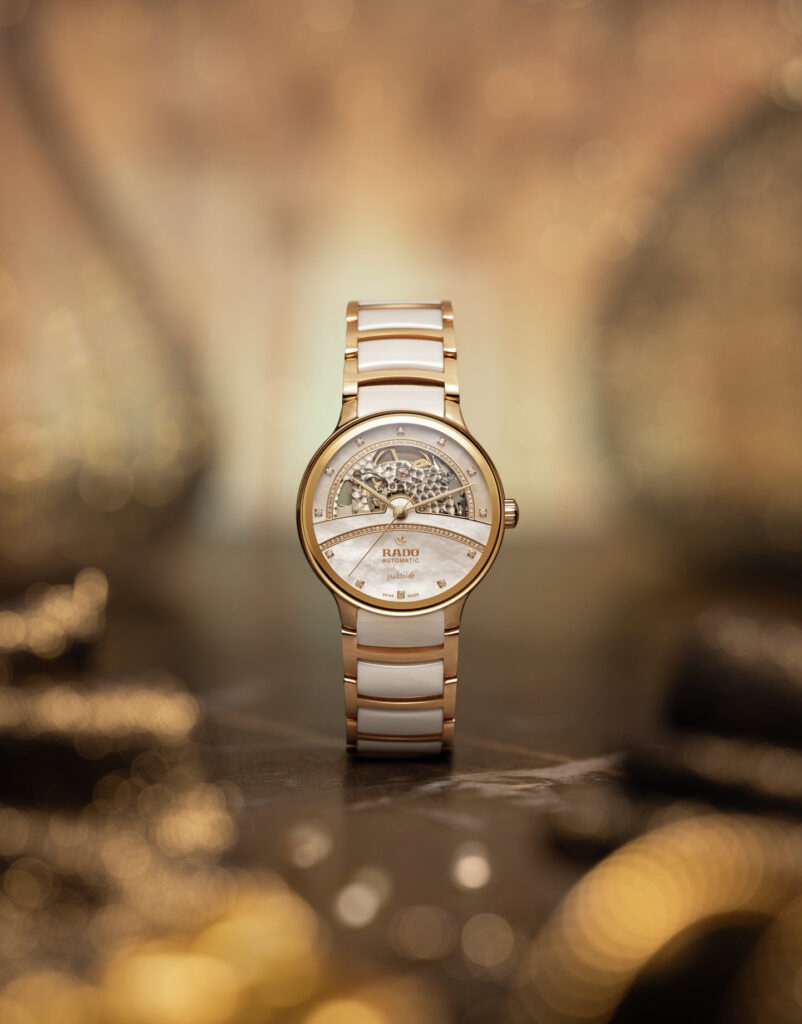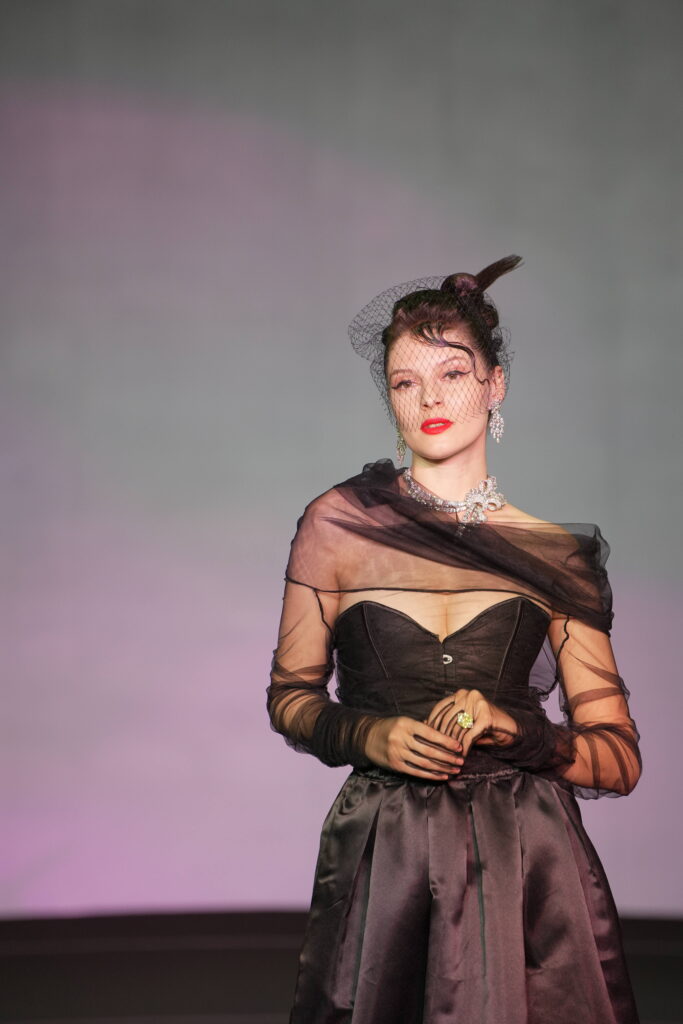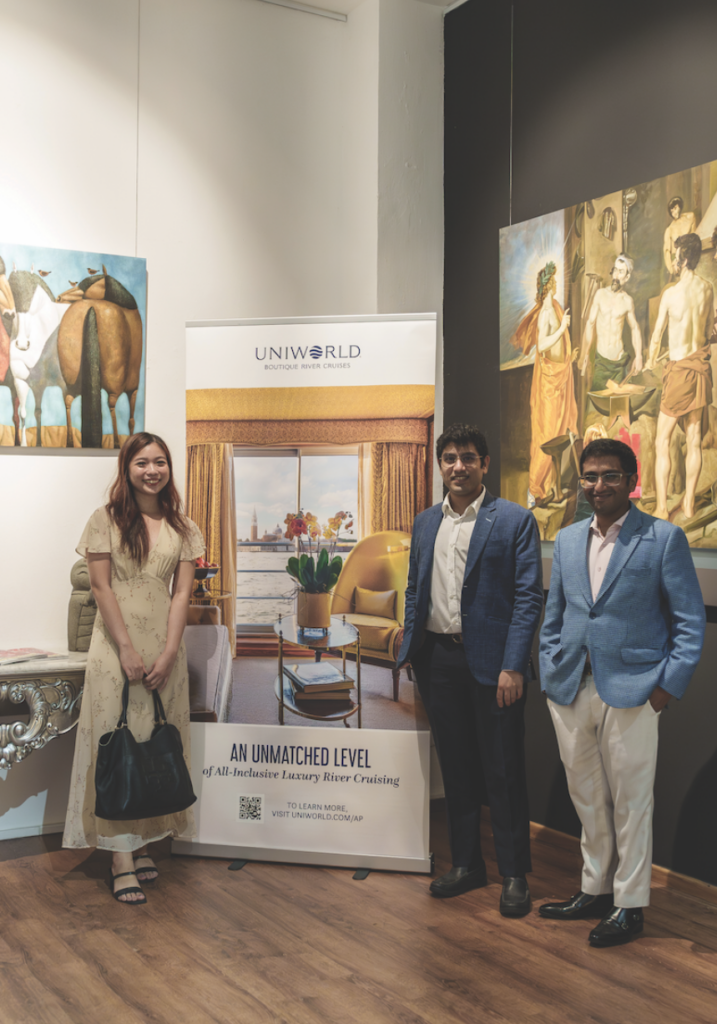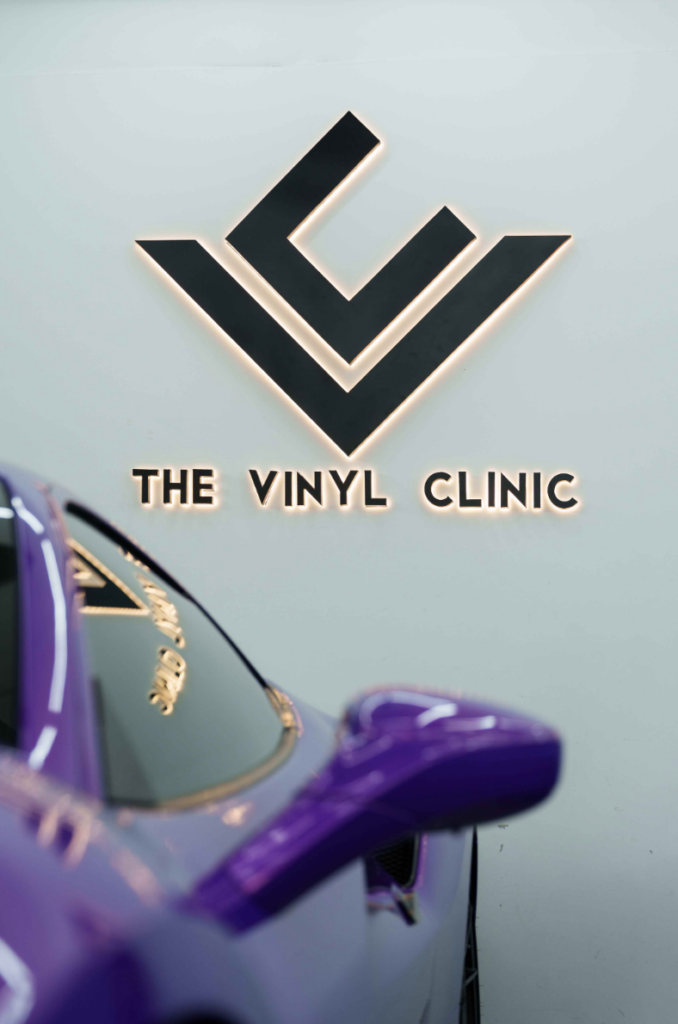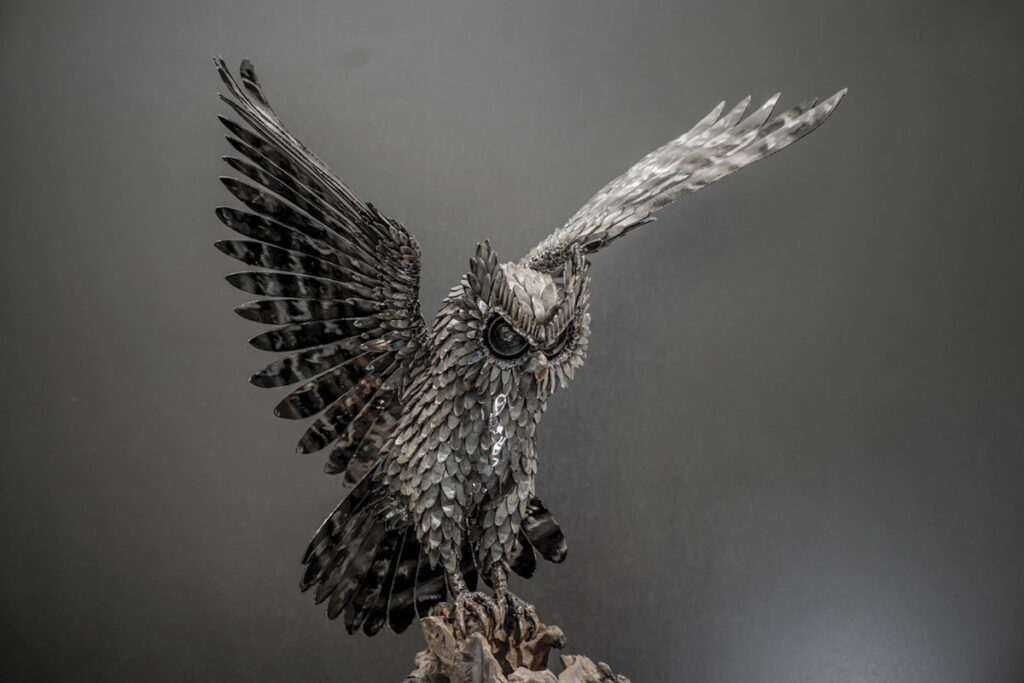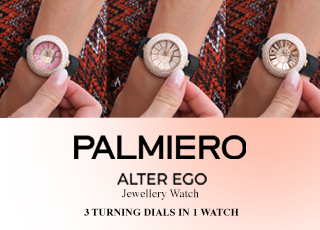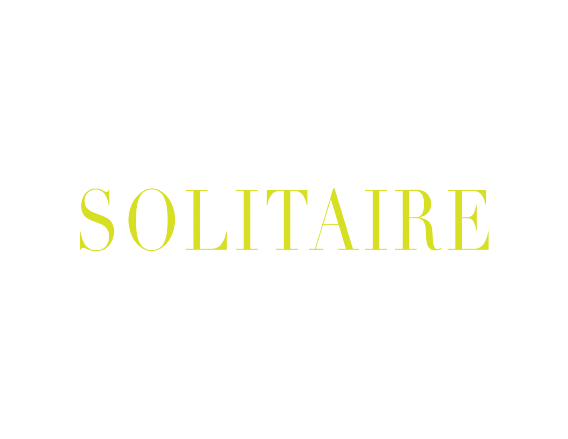Intense publicity in the wake of movies and press coverage of illegal diamonds and gold mining on indigenous lands has raised awareness about the environmental impact of the jewellery industry. Publisher and Managing Editor Rainer Sigel reports from Palawan, Southern Philippines, on the effects of pearl farming on our marine environment.
Few afternoon panoramas could compete with the view I have sitting in front of my little Robinson Crusoe style bungalow on Flower Island. A mild breeze ripples the waves exhausting themselves on the beach, mere metres away from my sandy feet. Distant islands beckon, and the gentle chant of palm trees swaying in the wind conveys a sense of paradise, of nature at peace with the world.

Sadly, the appearance is misleading. Earlier that day, I had dived the outer fringes of the nearby Terramar pearl farm. It was a nice dive along a beautifully shaped reef, covered with many species of soft and hard coral. When looking closer though, its past abuse by human hands became apparent. There was evidence of both dynamiting as well as cyanide fishing, the double whammy of an ongoing worldwide maritime apocalypse.
A photo posted by Flower Island (@flowerislandresort_ph) on
My dive buddy of that day, Rogelio Bas, explains the situation. “When we first started the pearl farm in 1997, the situation was terrible. Not a single reef in this area of over 5000 hectares of our pearl farming concession was alive. The local fishermen had destroyed it and were starving for ever more fish”. Rogelio is the Pearl Farm Manager and one of the longest standing employees of Terramar, which markets its best pearls under the international renowned Jewelmer brand. He has seen it all over the years. And he is determined to do something about in the manner of a man who has both a vested interest and the conviction of doing the right thing.

The co-founder of Jewelmer, Jacques Branellec, had started explaining the situation during dinner the night before. “Our business, pearl farming, is a delicate balance of technology, experience, skill, nature and political strategy. We know we have an impact on local communities and the environment, but we believe it is a positive one, enriching and adding on both counts. We do give back more than we take”.

Some of it I had seen while diving along one of the many ropes from which the pearl oyster baskets hang on the their way to maturity and pearl harvesting time. Each basket containing the more mature oysters was a teeming microcosm of marine life, a mini-marine-ecosystem playing host to literally hundreds of interacting species.

Branellec explains “Rather than relying on wild oysters, we do operate a breeding and hatching system on our farms, a technique we developed in-house and over a twenty-year period. We were the very first entity in the world able to breed the Pinctada Maxima pearl oyster ‘in captivity’, so to speak. Yet, while we do selective and controlled breeding in our hatchery, we cannot control the sexuality of the oysters, once they are back in the open environment. Oysters reproduce by external fertilisation, and once you have literally millions of oysters present in such a relatively confined area, mass reproduction takes place. More like a mass orgy, actually”, he jokes. “Each new free range oyster formed by this external fertilisation process then drifts along the ocean currents, often over hundreds of miles. Once it has grown to the stage we call a “Spat”, it is ready to attach somewhere permanently and grow into a mature oyster with a fully developed shell. Along the way, it becomes part of the food chain and therefore draws hundreds of other marine species to the area. They in turn attract bigger marine predators. And so on, until a new marine ecosystem is born.”

Riding around the farm area on a speedboat earlier that day, I had realised another positive effect a pearl farm’s presence has on an area’s marine environment. For obvious reasons, these farms are heavily guarded, and the visible presence of armed guards helps keeping away other predators — the human kind. Including those carrying along dynamite and cyanide.
Rogelio had told me earlier that the reef I had seen that morning had grown back in less than the ten years since the pearl farm had been established. “It’s not perfect yet”, he said, “but in another five years we will have a fully developed reef here again. But we cannot relax our protection, because the moment the fish are back, the local fishermen will try to overexploit the area again”.

Such unsustainable fishing practises have now become the bane of the very communities practising them in such ignorant abundance all over Southeast Asia. Once a reef has been cyanided and the relatively small percentage of surviving aquarium fish has been collected and removed, the rest is left to rot or to be violated over and over again by additional exploitation, often by both dynamite as well as cyanide. The result is that the reefs, and the marine habitats they support, literally die out. Whatever fish stock is left migrates, and the nearby villages, which have drawn their livelihoods from fishing for longer than anyone can remember, are left to survive any other way they can. A miserable circle of abuse and poverty ensues.
Suddenly, a thundering boom rolls across the tranquil bay, a bleak reminder that dynamite fishing outside the pearl farm concession is an ongoing pursuit. I have learned from my discussions here that official intervention in the form of police protection or enforcement of the many laws in place is almost nowhere to be found.

That is why vested private interests have to step in. One of Terramar’s many initiatives is an educational program aimed at the surrounding coastal communities. Staff of their pearl farms regularly tours the villages, holds lectures in schools and tries to win over the local politicians. They even distribute T-shirts to kids, which explain in simple cartoon form the negative effects of their parents’ generation routine abuse of the marine environment.
A photo posted by Jewelmer Joaillerie (@jewelmer) on
Branellec clarifies: “We do these programs in the knowledge that the immediate effect may be minimal. Changing people’s attitudes takes time, and we also need to help in developing alternative sources of income for them. One direction we encourage local communities to take is seaweed farming. But as with all farming — pearl faming included — things take time to pay off and people often are not patient enough.”
A video posted by Jewelmer Joaillerie (@jewelmer) on
Branellec and his partner in the Jewelmer group, Manuel Cojuangco, are the first to acknowledge their vested interest in these and many other marine conservation programs. They built one of the world’s largest pearl farming enterprises in just over thirty years of hard and often dangerous work, many setbacks, and in the face of unpredictable nature, punishing typhoons and an often volatile world market in pearls. “The health of the world’s pearl farms is a direct indicator of the health of our planet”, Branellec sums it up, “pearl oysters need the clean and nutrient rich waters which only a healthy marine ecosystem can provide. We loose this, we may loose it all.”
A photo posted by Flower Island (@flowerislandresort_ph) on
Later that evening, while lying in my hammock and listening to the wind and waves, I think back to the dive that morning. Especially the moment when two elegant Eagle Rays hovered above us, seemingly unperturbed by our presence. They appeared at ease, as if they knew that within the sanctuary of the pearl farm no harm could befall them.
A photo posted by Flower Island (@flowerislandresort_ph) on
I thought to myself that if only more people could see and experience a moment like this, they may think twice next time before eating Sharkfin Soup. Or ordering a Napoleon Wrasse, which I had also seen that morning — a species on the brink of extinction, yet still dreadfully popular in many Chinese restaurants.
The world may even uncover more people like Jacques Branellec and his team. And that would be a good thing.
TRAVEL NOTES: Flower Island Resort
A photo posted by Flower Island (@flowerislandresort_ph) on
Several small bungalows, a communal restaurant and bar, a long sandy beach with a helipad at one end. And one pretty smart dog named Espigao. This is Flower Island, a ‘get-away-from-it-all’ island resort on the northern tip of Palawan in the Philippines.
Accessible from Manila by commercial flights to nearby Taytay or by helicopter directly to the island, the resort offers no Internet, no CNN and no Grey Poupon. Instead, one can sit still for a while on a deserted beach and wait for the world to look round again.
Giants of #Dusk . #flowerisland #palawan #philippines #travels #beach #itsmorefuninthephilippines #
A photo posted by Flower Island (@flowerislandresort_ph) on
There is diving, snorkelling, sea kayaking and a highly interesting tour of the nearby pearl farm. If you are lucky, you may even meet the island’s colourful owner – Jacques Branellec – who spends as much as time as he can afford on the island. Look out for his beloved red helicopter parked on the helipad.
If all fails and for the hopelessly communication-addicted, sometimes the mobile phone system seems to work. If nothing else, it allows you to let the folks back at the office know not to expect you back for a while longer. Enjoy!
Manila Sales Office Tel. No.: +(63 2) 893 6455
Resort Satellite No.: +(63 985) 409027


